Sign up for workout ideas, training advice, reviews of the latest gear and more.

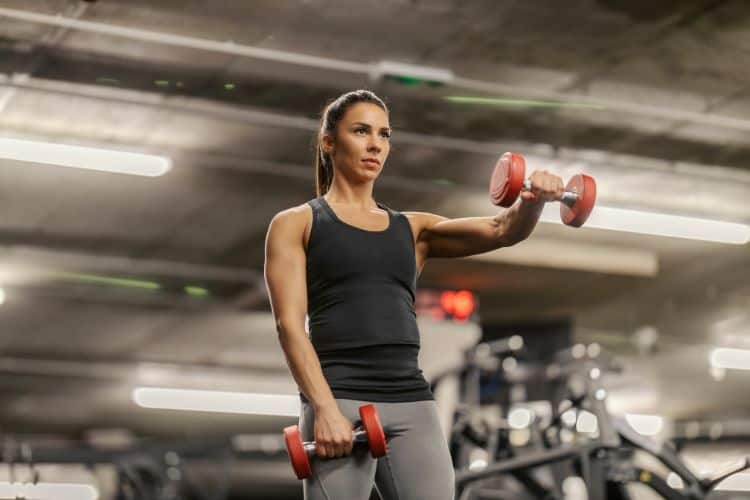
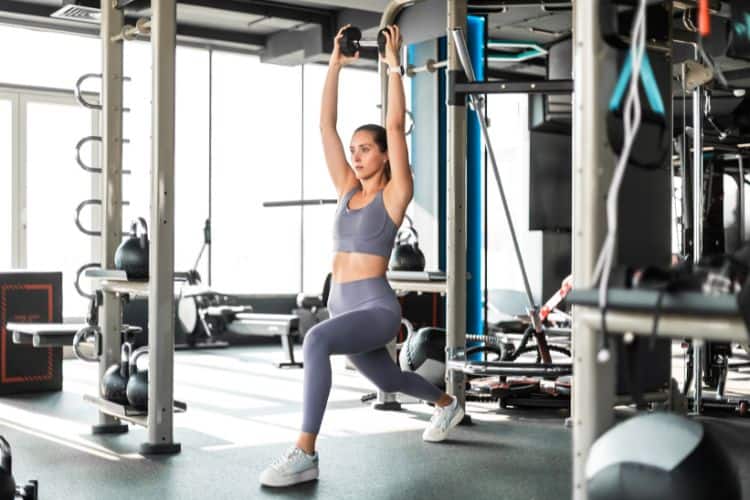
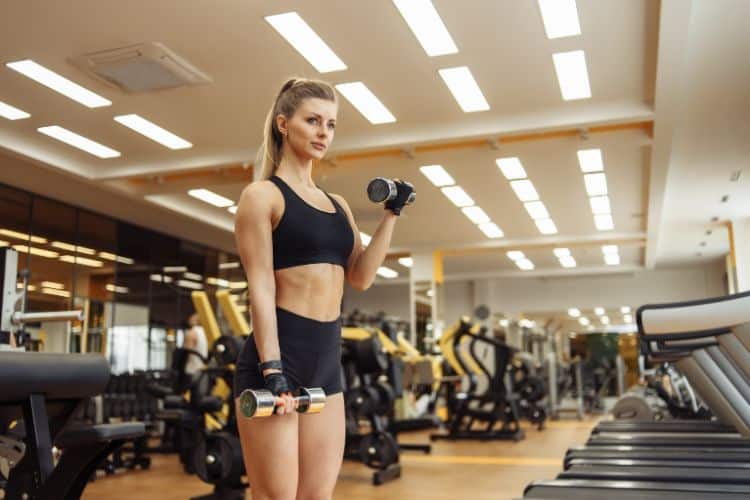
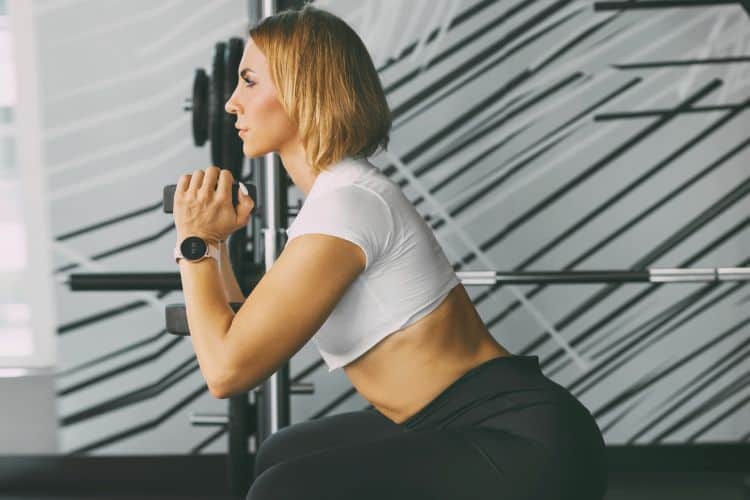
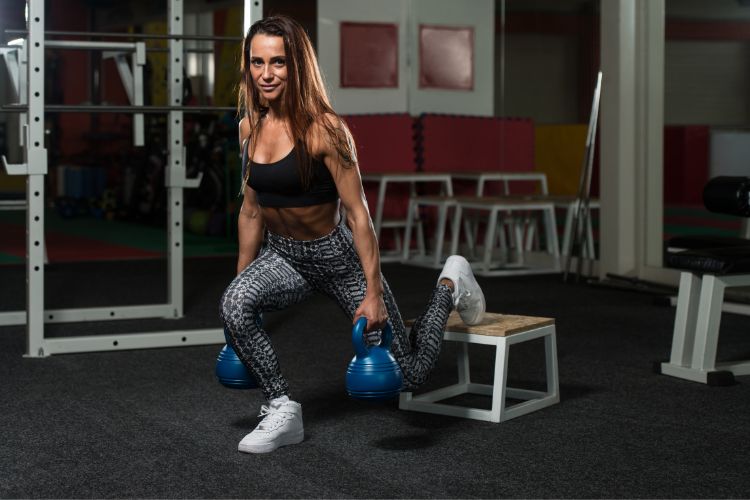
Kettlebell single leg squat workouts are a powerful addition to any lower body strength training routine. They combine balance, strength, coordination, and mobility in one dynamic movement. This exercise targets major muscle groups including the quadriceps, hamstrings, glutes, and calves, while simultaneously challenging your core stability and joint integrity.
Whether you’re an athlete looking to improve unilateral strength, a fitness enthusiast working on muscle imbalances, or someone who simply wants to level up their leg day, the kettlebell single leg squat can deliver real results. In this comprehensive guide, we’ll explore the benefits, techniques, variations, and workouts to help you master this functional powerhouse.
Unlike bilateral squats that distribute weight evenly across both legs, single leg squats focus on one limb at a time. This promotes balanced strength and reduces muscular imbalances that can lead to injury.
Balancing on one leg requires coordination between stabilizer muscles and your nervous system. Kettlebell single leg squats significantly challenge and improve proprioception and balance.
To control your body through the full range of motion, your core must remain tight and supportive. These squats are a sneaky ab workout in disguise.
The depth and range of motion involved in single leg squats improve hip mobility, ankle flexibility, and overall joint health.
Kettlebell single leg squats mimic real-life movements such as walking, climbing stairs, or jumping. They help build practical strength for everyday tasks and sports.
Understanding the muscle groups involved helps you train smarter. The kettlebell single leg squat primarily targets:
Failing to engage your core can lead to loss of balance and poor posture. Always keep your abs tight.
This often indicates weak glutes. Focus on activating the glute medius to maintain proper alignment.
This is a slow, controlled movement. Going too fast increases the risk of injury.
Partial reps limit gains. Aim for as much depth as your mobility safely allows.
Hold the kettlebell at chest height with both hands. This variation helps keep your torso upright and improves balance.
Hold the kettlebell in one hand at shoulder level (rack position). This adds an anti-rotational challenge and recruits more core involvement.
Use two kettlebells, one in each hand. This version maximizes resistance and symmetry for advanced trainees.
Press a kettlebell overhead and perform the single leg squat. It demands high shoulder stability and core control.
The most advanced version, the pistol squat, requires deep flexibility, strength, and balance. Hold the kettlebell in front of you as a counterbalance.
If you’re new to this movement, here’s a progression guide:
Here’s a structured workout using kettlebell single leg squats. It’s designed to build lower body strength, stability, and endurance.
Warm-Up (5–10 minutes)
Main Circuit (3–4 Rounds)
Finisher (Optional)
Cool Down (5 minutes)
These squats are suitable for:
Include kettlebell single leg squats 1–2 times per week in your lower body or full-body workout routine. Space out sessions to allow for muscle recovery and adaptation.
Kettlebell single leg squat workouts are a phenomenal tool for building strong, stable, and balanced legs. They offer functional strength, joint protection, and unmatched core engagement. By incorporating them into your weekly routine, you’ll notice improvements in athletic performance, injury prevention, and overall fitness.
Whether you’re squatting for sport, aesthetics, or longevity, mastering the kettlebell single leg squat will push your progress to the next level.
Yes, but it’s recommended to start with bodyweight or assisted versions to develop proper form and balance.
Beginners can start with a light kettlebell between 8–12kg and increase gradually as strength improves.
Not better, but complementary. Single leg squats target imbalances and stability, while regular squats allow for heavier load training.
Work on ankle mobility, core strengthening, and proprioception drills like single-leg stands or BOSU ball exercises.
Adding kettlebell single leg squats to your workout isn’t just about making things harder—it’s about training smarter. The payoff is a bulletproof lower body, increased functional strength, and a leaner, more symmetrical physique.
Start slow, stay consistent, and enjoy the transformation.
Want more effective workouts? Follow us for fitness tips, free workout plans, and healthy lifestyle inspiration!
Stay up to date on the latest women’s health, fitness and lifestyle trends and tips.